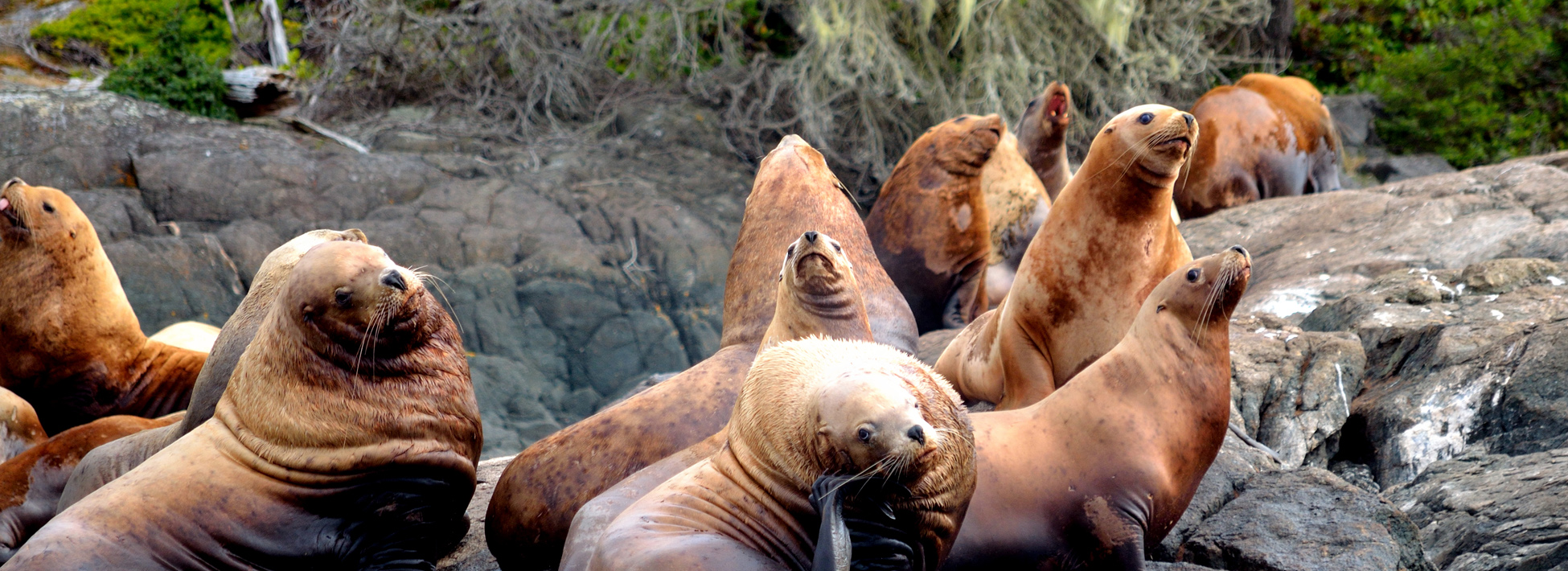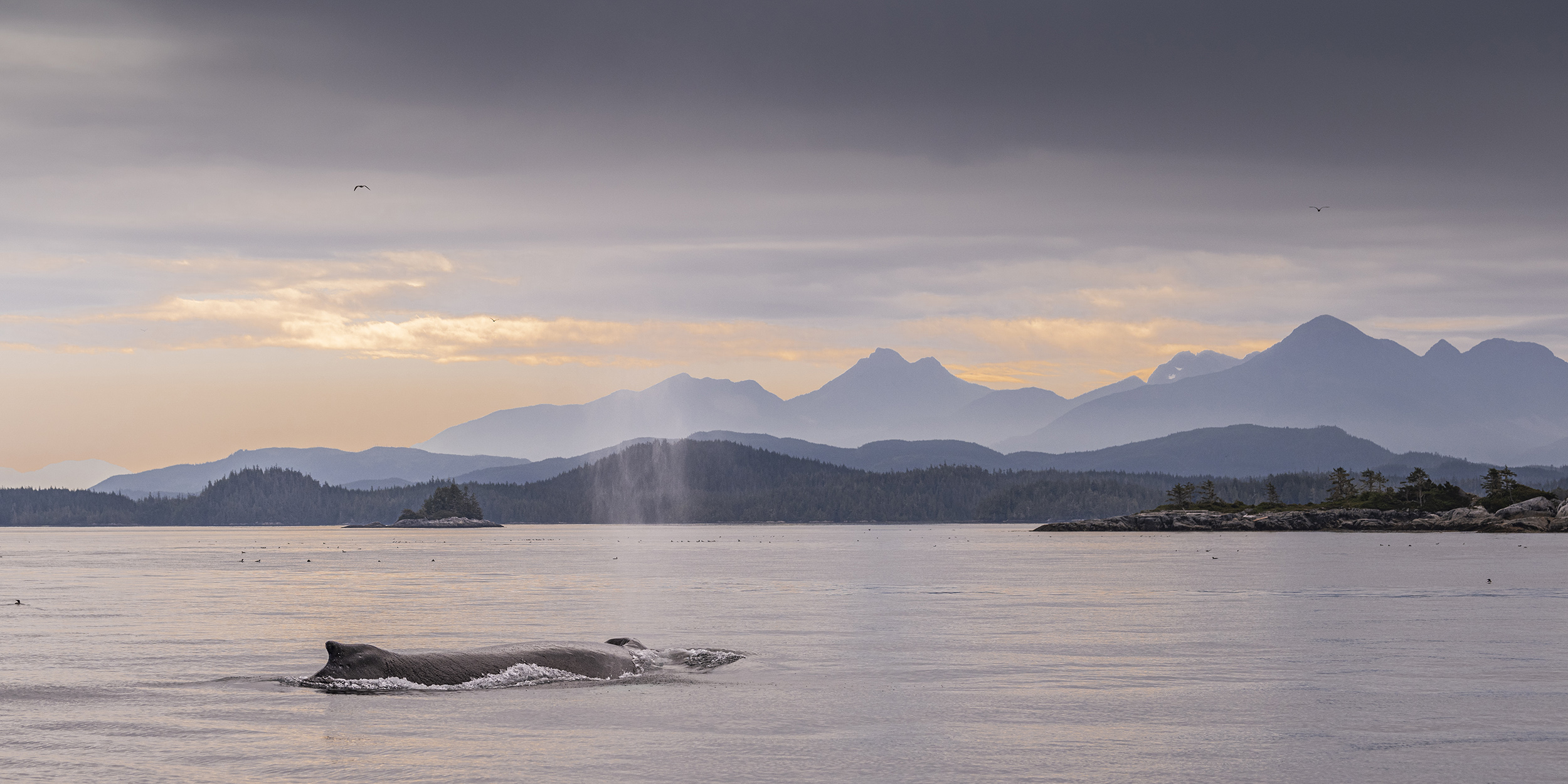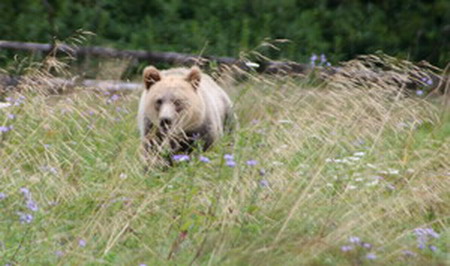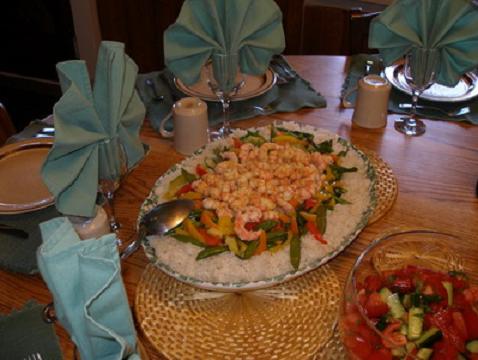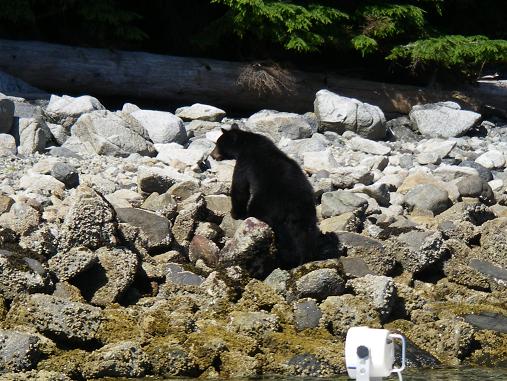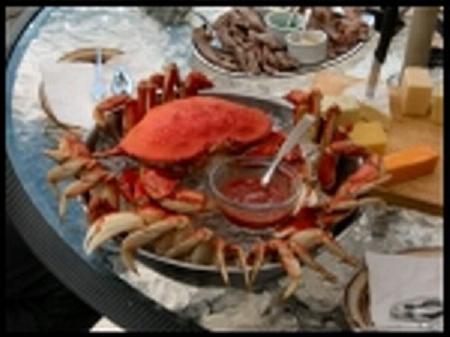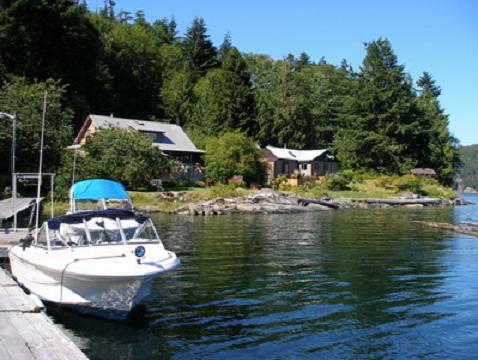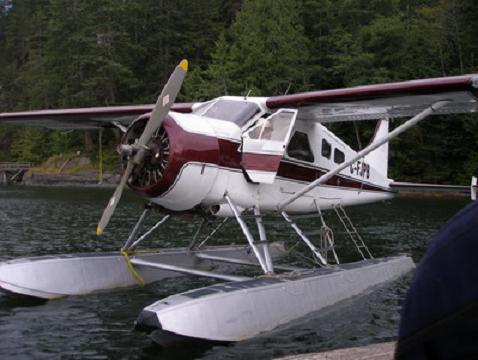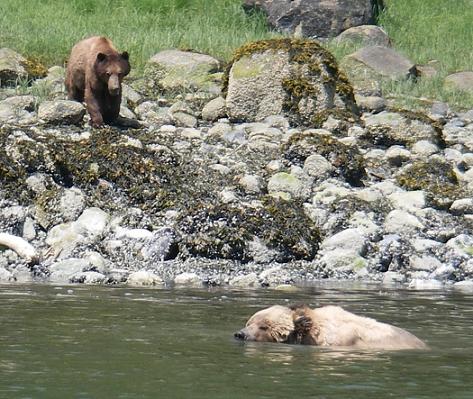A good photo of a humpback whale lunging up through a herring ball. The photo is good but the lunge appears less than successful. The water coming out of the mouth should not contain so many herring. The mouth should be closed and the water forced out through the baleen and trapping the herring inside. The number of whales in our viewing area has increase dramatically over the past five years so we often see more than a dozen different whales on each safari. So we are successful even if the whales are not.
